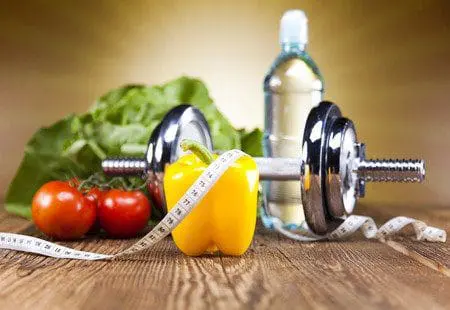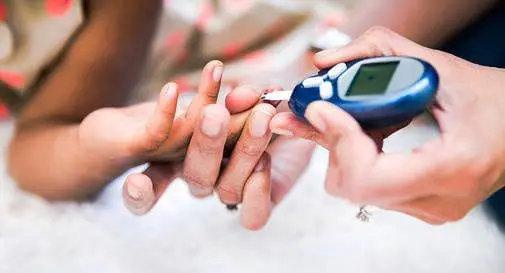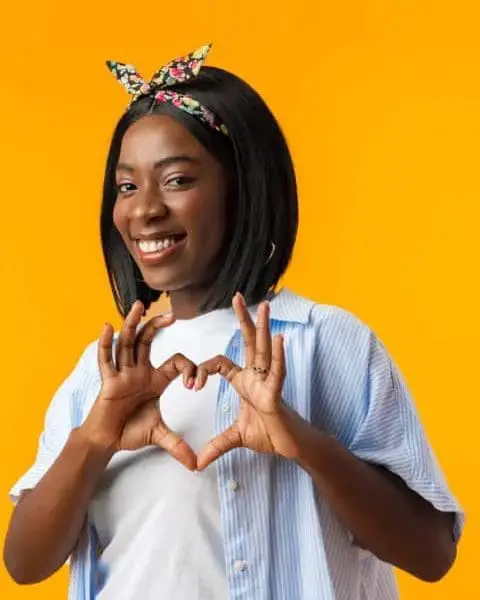
The August holidays are here! One of the greatest way to enjoy the holiday with family and friends is to hit the road or air for that matter and get to traveling. However, you want your journey to go as smoothly as possible, so it is very important to do your research so that you are well prepared for a fun holiday trip.
This holiday season, relax. Goodlife Pharmacy has done the research for you, plus we have filled our stores with all your essential travel needs. Make sure to stop by any of our stores for all your travel needs.
Here are some Goodlife tips to Safe and Healthy Travel:
Protect your skin– While you enjoy the warm weather, remember that your skin is important.
Don’t forget to use sunscreen. We recommend our unique sunscreen lines of La Roche Posay, Malibu, Photo Block , Nivea plus other full ranges.
Avoid insect bites – Some serious infectious diseases such as malaria, yellow fever and dengue fever, are transmitted by insect bites. While there are vaccines and drugs available to help protect against some of these diseases, travelers are advised to always protect against mosquito bites.
Ty Some of our tips:
- Wear mosquito repellent that contains at least 30 percent DEET. Try Ballet and Calypso from Goodlife.
- Stay indoors between dusk and dawn. The mosquitoes carrying the malaria parasite generally feed at this time.
- Apply repellent to your clothes and bedding.
- Wear socks, long pants, and long-sleeve shirts when outdoors.
- Use a bed net.
- Stay in air-conditioned, screened accommodation.
Safety first – Try not to take risks with your safety, wear a seat belt, and use protective gear when doing adventure activities.
Be Prepared – No one wants to think about getting sick or hurt during a trip, but sometimes these things happen. You may not be able to prevent every illness or injury, but you can plan ahead to be able to deal with them.
Plan for injuries and illness – Especially if you are embarking on an adventure this holiday, make sure to have an off counter first aid kit. Your kit should at least contain Basic first-aid items like bandages, gauze, ace bandage, antiseptic, tweezers, scissors, cotton-tipped applicators.
Ensure that your food and water is safe for consumption – The most common travel-related illnesses are gastrointestinal diseases usually picked up from poorly prepared foods or untreated water. To avoid diarrhoea, stomach pains, nausea and vomiting associated with these illnesses:
- Use boiled or bottled water, or water purifiers or tablets.
- Avoid ice in drinks.
- Avoid unpasteurized milk and dairy products.
- Avoid fruit and vegetables that have been washed in the local water.
- Eat thick-skinned fruit and vegetables that you can peel yourself, such as bananas, oranges and mandarins.
- Make sure food is cooked thoroughly and eat it while it’s hot
Lastly, Check-in with your doctor and insurance carrier – Double check and make sure that you have all of the proper vaccinations and that you have renewed all essential prescriptions.












